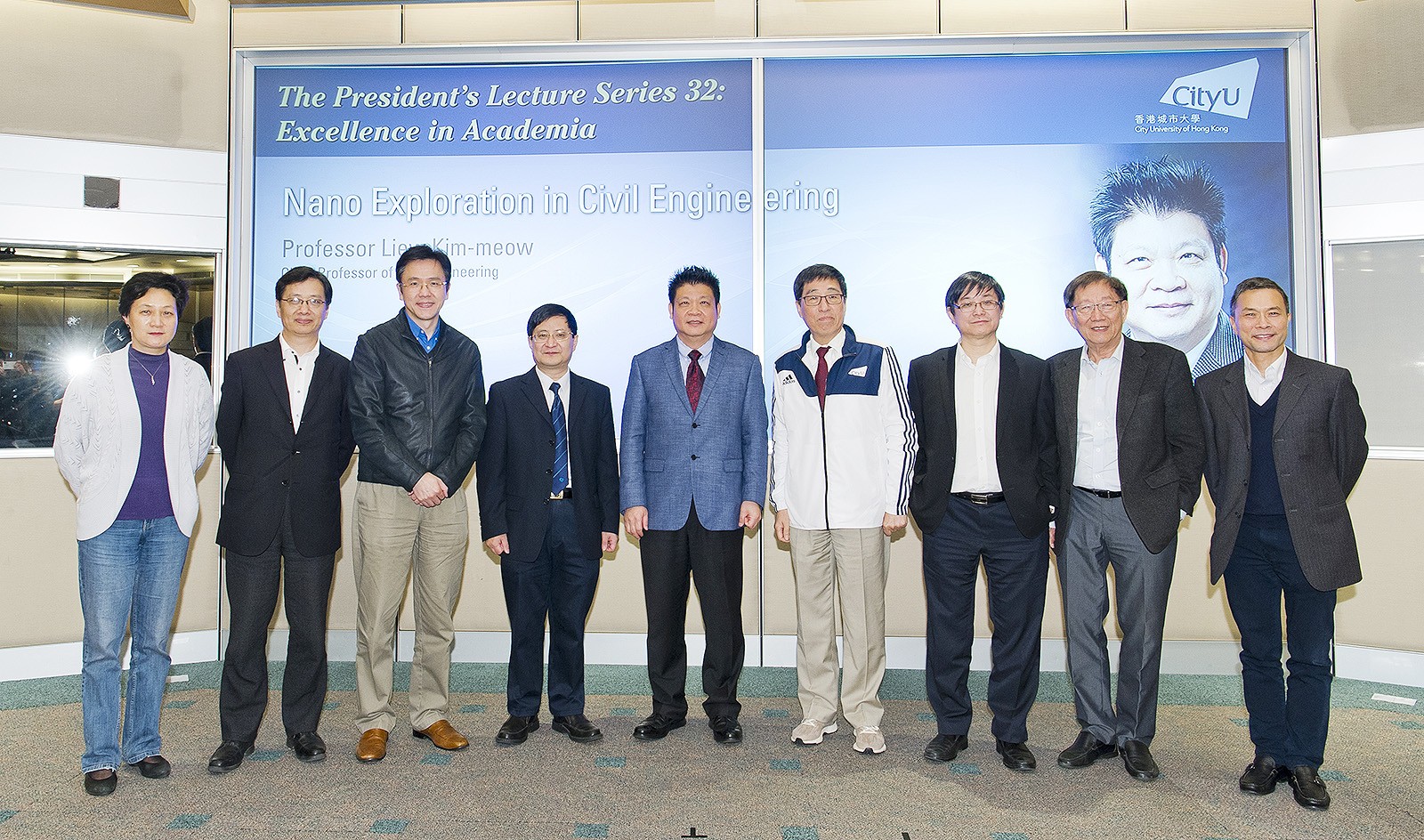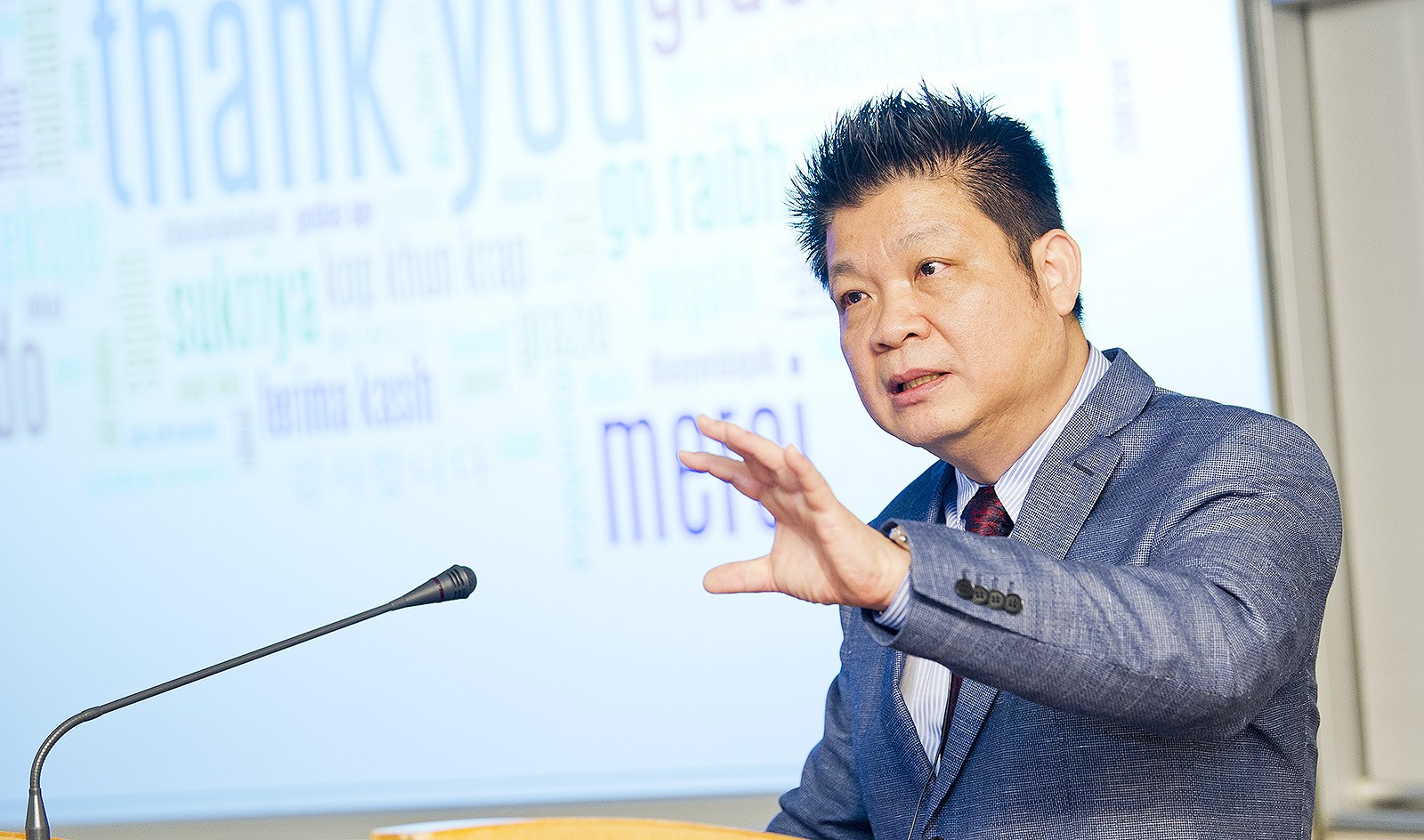Nano solutions for construction industry
Professor Liew Kim-meow, Chair Professor of Civil Engineering in the Department of Architecture and Civil Engineering, highlighted recent developments, challenges and potential applications in civil engineering in the latest talk in the President's Lecture Series: Excellence in Academia at City University of Hong Kong (CityU).
The two main areas for discussion were nanotechnology for cement production and 3D printing for the construction industry. The talk was delivered on 25 January and titled “Nano exploration in civil engineering”.
“The development of nanotechnology in civil engineering is still in its infancy. However, the main benefits and barriers allow the utilisation of nanotechnology in civil engineering to be explored,” said Professor Liew, who researches computational mechanics, multi-scale mechanics, and materials modeling, among others.
The challenge regarding cement production was identifying means of making the process cheaper and the product stronger. His research has explored how to develop materials that could withstand very hot temperatures using nanomaterials.
Nanomaterials make the cement less porous and thus less space between fibres enhances compressive and tensile strength, Professor Liew said.
One of the long-term aims of using nanomaterials to develop stronger cement products is to make the construction industry more environmentally friendly by creating less waste, less demand on resources and a less expensive business.
Another development in construction with cement is 3D printing. Essentially construction productivity today is not in good shape.
“In America, astonishingly, [construction productivity] has plunged by half since the late 1960s,” said Professor Liew, who was the Head of CityU’s Department of Architecture and Civil Engineering from 2011 to 2017; a tenured Full Professor at Nanyang Technological University in Singapore; and the Founding Director of the Nanyang Center for Supercomputing and Visualization.
Volatility in demand for construction has trained builders to curb investment, he added, further depressing the sector.
3D printing is a promising evolutionary step forward, Professor Liew said. It can maintain complex geometrical patterns in building facades that would be otherwise harder to manage with conventional construction techniques; and it retains the potential to build not just small-scale objects but large-scale complex structures, too.
There are issues of reinforcement and supporting structures for 3D printed items, and issues related to the relative softness/hardness of the cement used in the process. But Professor Liew says the potential is there.
For example, he suggested how 3D printing would be an effective way of supporting the drive to build more public conveniences in India, an initiative that would fall in line with a Bill Gates-supported plan to build 75 million toilets on the sub-continent by 2019.
Professor Liew ended his talk by identifying a suite of nanotechnology advances that might benefit daily life fairly soon, such as nano particles to prevent corrosion on buildings; nanomaterials for making super-light bicycle frames; and clothes coated in nano fabrics to prevent staining.

